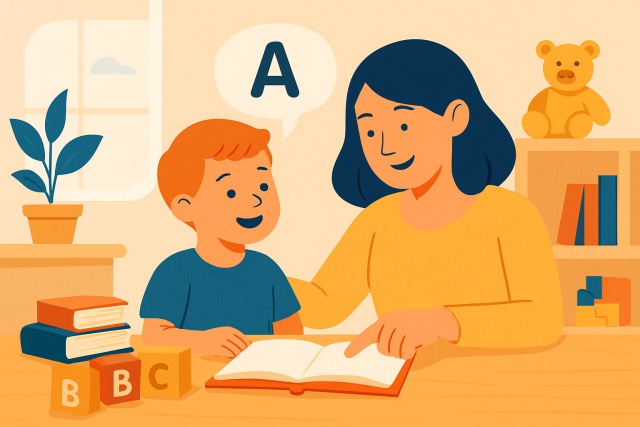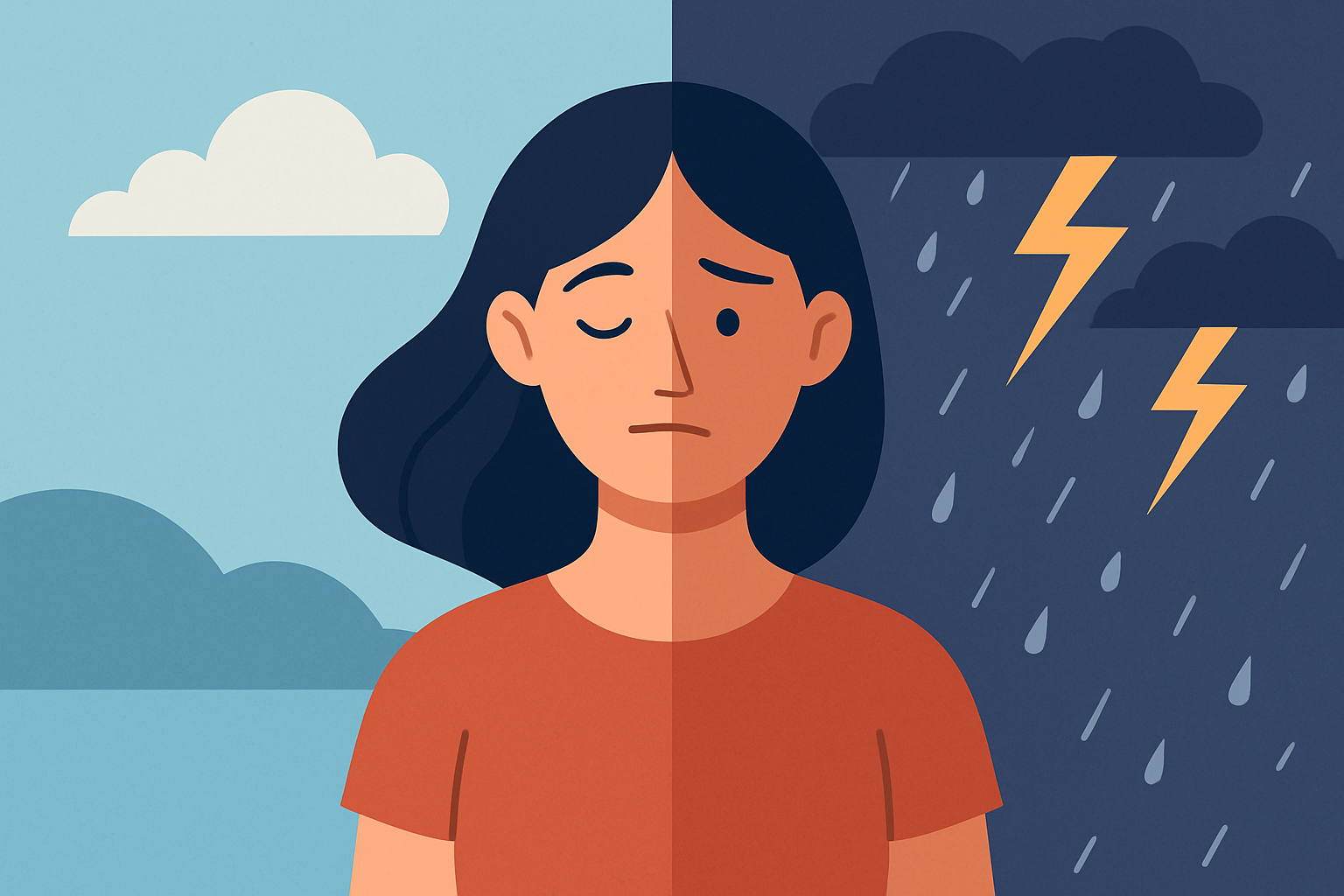
Language Processing Disorder - Signs Every Parent Should Know
Language processing disorder impacts how children understand and use language. Learn to recognize ea...
Borderline Personality Disorder (BPD) affects millions across the globe and influences how people experience emotions and connect with others. Living with BPD usually means riding an emotional rollercoaster and facing challenges that color everyday moments in ways others might not fully see.
Borderline Personality Disorder is a mental health condition known for its rollercoaster of emotional ups and downs, impulsive behaviors and challenges in maintaining stable relationships. Emotions can flip on a dime, swinging from calm to stormy in the blink of an eye.
Many individuals often lump BPD in with simple mood swings or jump to the conclusion that those living with it are just being manipulative. In reality, it’s a much more tangled web tied to difficulties in managing emotions. Unlike mood disorders such as bipolar disorder, BPD mainly revolves around rocky relationships and a delicate often shifting sense of self.
Living with BPD often means riding an emotional rollercoaster that can throw daily activities and relationships into chaos. Even the simplest routine tasks can feel like climbing a mountain when emotions run high.
A BPD diagnosis often means that even a small disagreement with a coworker can spiral into intense feelings of rejection, which then throw off concentration at work and trigger anxiety.

People with BPD often feel their emotions cranked up to eleven, and managing these intense feelings can be a real challenge. Their emotional world can sometimes feel like a storm that is hard for others to fully grasp.
Imagine riding an emotional rollercoaster that speeds up and drops with barely any warning or control—this sums up how many individuals with BPD experience their feelings. These intense waves can cloud judgment, turning even simple choices into risky gambles and stirring up tension in relationships.
"People with BPD don’t just feel emotions intensely; their feelings are deeply real, incredibly valid, and sadly, often missed or misunderstood by those around them. Lending a hand with genuine understanding and a dash of compassion can make a world of difference in helping them navigate this complex rollercoaster of emotions."
Living with BPD is about discovering healthy ways to navigate intense emotions and impulsive urges that can feel overwhelming. A blend of therapy, mindfulness practices and a solid support network can make a real difference.
Coping strategies are personal and can shift over time—what works today might not hit the mark tomorrow. Teaming up with a therapist or psychiatrist often helps craft a plan tailored to someone’s unique situation. This plan mixes therapy, lifestyle tweaks and sometimes medication to build emotional strength and resilience in a way that really sticks.
Helping someone with BPD calls for a hefty dose of patience, a good measure of understanding and communication that’s clear as day. Friends, family and caregivers often play a huge role by lending an empathetic ear and gently nudging toward professional support.
It’s equally vital for supporters to keep an eye on their own mental and emotional well-being. Lending a hand to someone with BPD can really drain your emotional reserves and is a tough gig. Carving out time for self-care, seeking personal therapy and connecting with others who truly get what you’re going through can do wonders for building resilience.
Many people with BPD find their symptoms ease up and their quality of life get a noticeable boost with ongoing treatment. Recovery is usually a slow and steady journey, one that’s about figuring out how to handle emotions better and building supportive relationships along the way.
Understanding BPD with a dash of compassion and a good measure of knowledge can genuinely turn lives around. Living with BPD becomes more manageable with patience and tailored support, as people often find ways to not just cope but truly thrive. They build meaningful relationships and chase their goals despite the bumps along the way.

Language processing disorder impacts how children understand and use language. Learn to recognize ea...

Quiet borderline personality disorder is a hidden form of BPD marked by intense internal struggles....

Discover rare mental disorders that affect few but have profound impacts, covering symptoms, diagnos...

Discover how malingering and factitious disorder differ fundamentally in motivation and clinical pre...